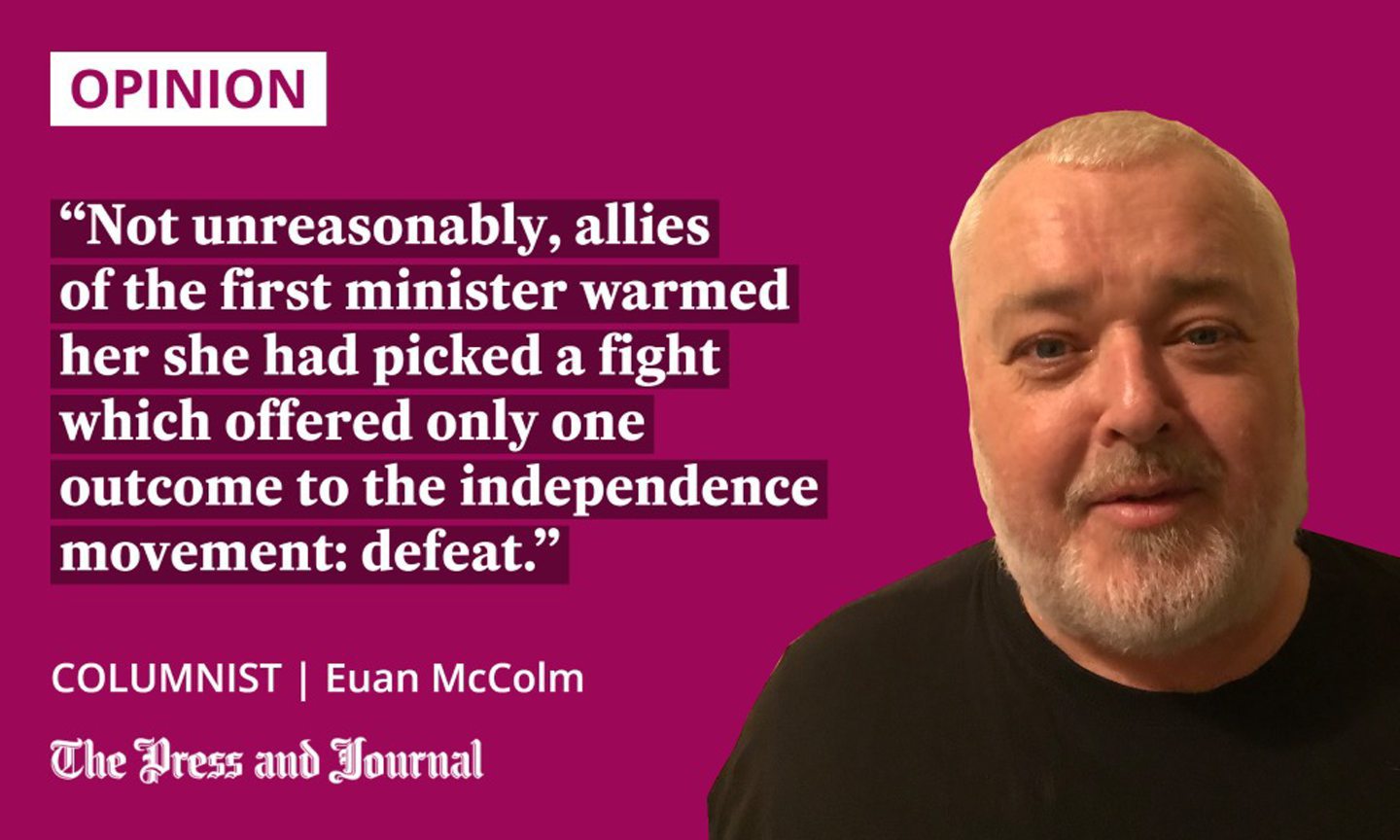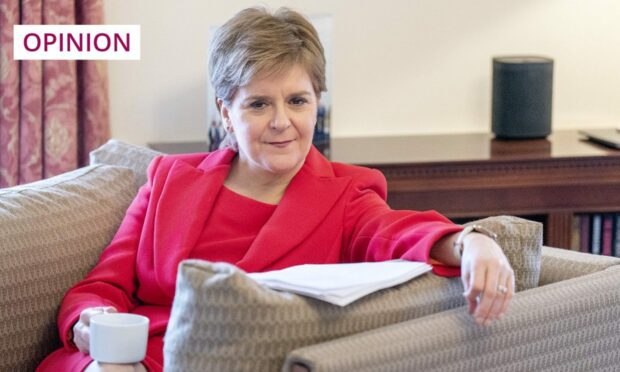The SNP leader has faced growing opposition from within her party recently, so perhaps her exit shouldn’t come as a total surprise, writes Euan McColm.
When the news came, it sent shockwaves through the Scottish political establishment.
Nicola Sturgeon’s announcement that she is to stand down as SNP leader and, thus, first minister came as a bolt out of the blue. Here, after all, was the most successful politician of her generation – a leader who, just weeks ago, insisted she had plenty still in the tank.
But, as the dust settled on Sturgeon’s resignation statement, it began to look like she’d jumped before being pushed.
In recent months, the SNP leader has faced growing opposition from within party ranks over her announcement that she would treat the next general election as a de facto referendum on independence. Not unreasonably, allies of the first minister warmed her she had picked a fight which offered only one outcome to the independence movement: defeat.
If, by some miraculous stroke, pro-independence parties won more than half of the popular vote in the election, the UK Government would – quite legitimately – say this hadn’t been a referendum and refuse to enter into secession talks. If, as seems more likely, the pro-indy vote didn’t make it over the halfway line, the UK Government would say: “Well, you had your de facto referendum and you lost.”

Having called a special conference of the SNP, next month, to finesse this plan, Sturgeon faced defeat among colleagues who were minded to reject it. Simply, she alone thought the de facto referendum idea a good one.
Add in to the mix her cack-handed attempt to reform the Gender Recognition Act, introducing self-ID for trans people and lowering the age at which people might legally change gender to 16, and a picture emerges of a leader who had begun to damage the cause to which she was once such an asset.
The UK Government has currently blocked Holyrood’s new gender legislation on the grounds that it negatively impacts on the Equality Act, which allows for the provision of single-sex spaces. There has been growing disquiet in nationalist ranks about Sturgeon’s desire to make this a major constitutional battle.
The case of Isla Bryson who, as Adam Graham, raped two women before being sent to Cornton Vale women’s prison, until public outcry forced a transfer to a male facility, has seriously hurt the independence cause. New polling shows falling support for Sturgeon, and for breaking up the UK.
One SNP activist told me: “There’s no big chunk of persuadable unionists out there who think: ‘I’d back independence if only it meant putting rapists in women’s jails’.”
And, so, Nicola Sturgeon prepares for departure, insisting the independence cause has never been stronger, while all the evidence says her presence has been weakening it by the day.
Euan McColm is a regular columnist for various Scottish newspapers











Conversation